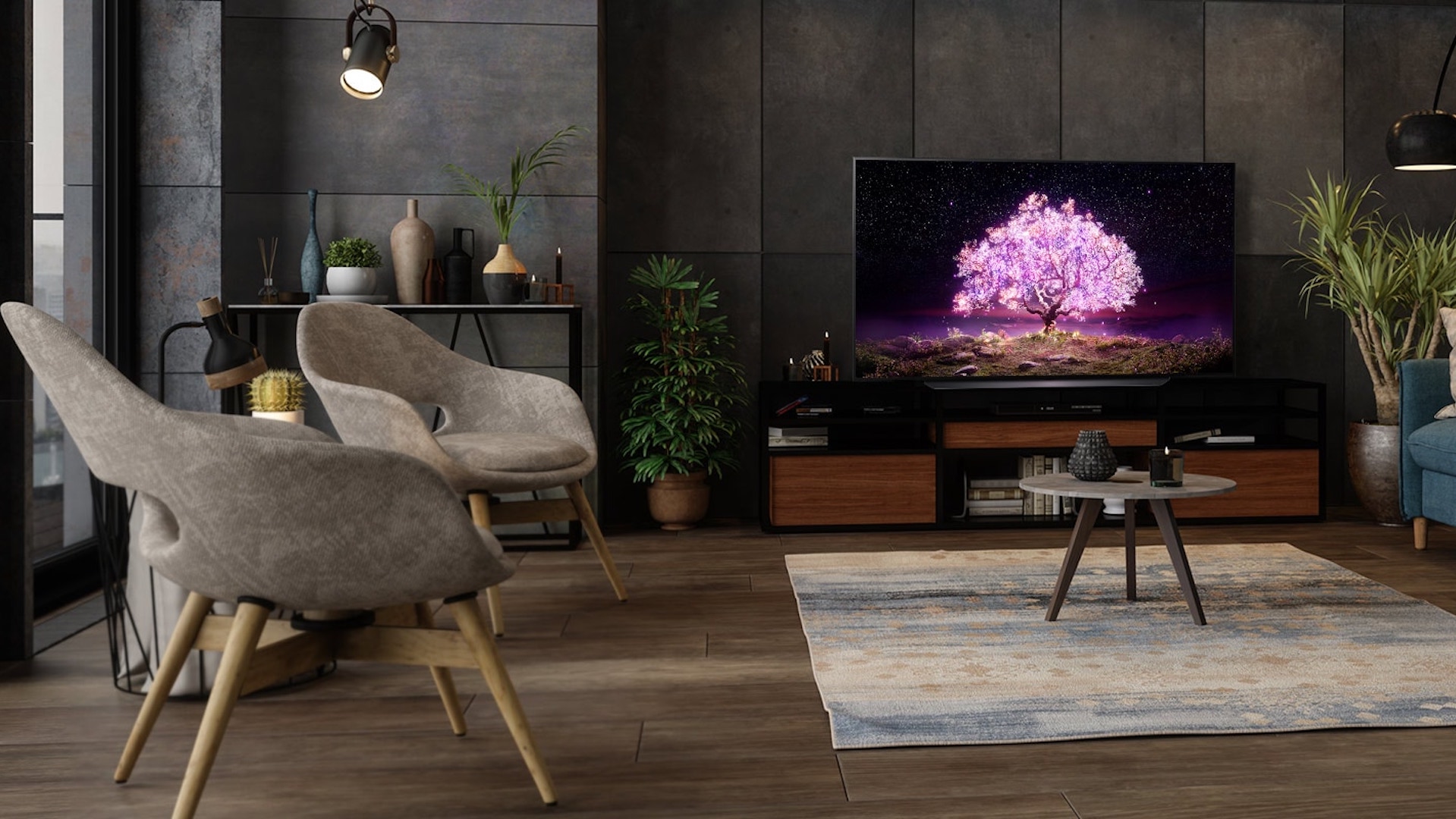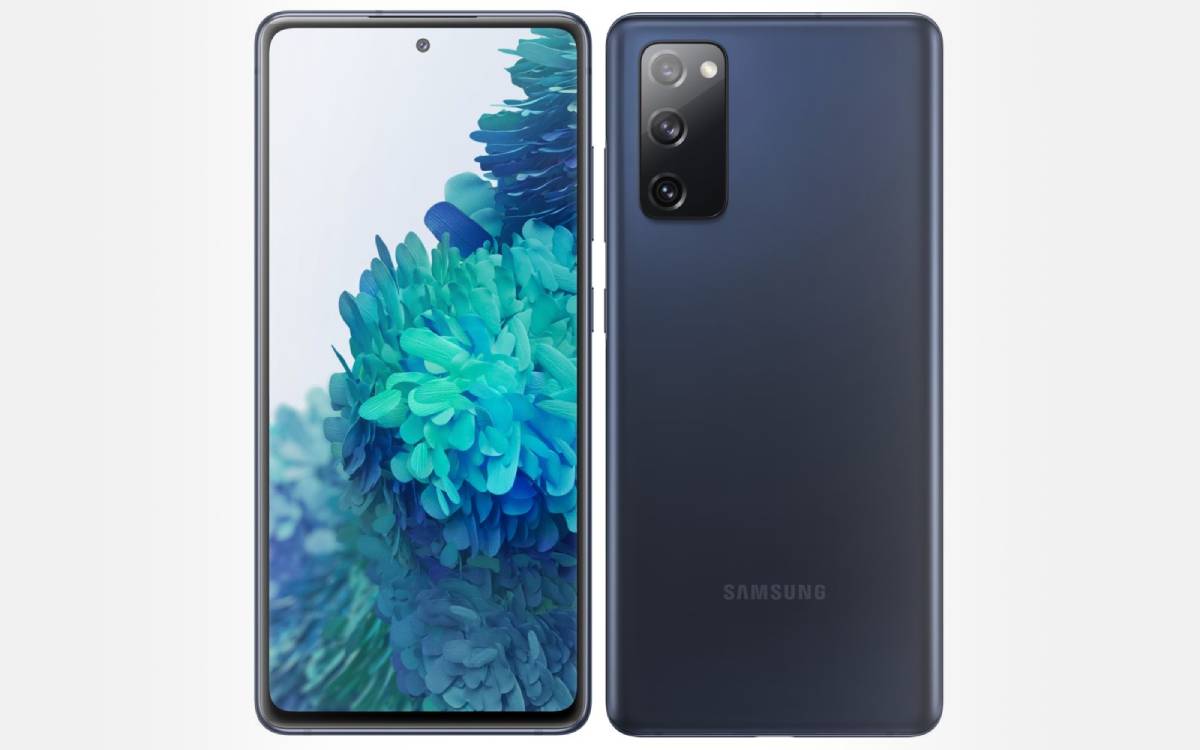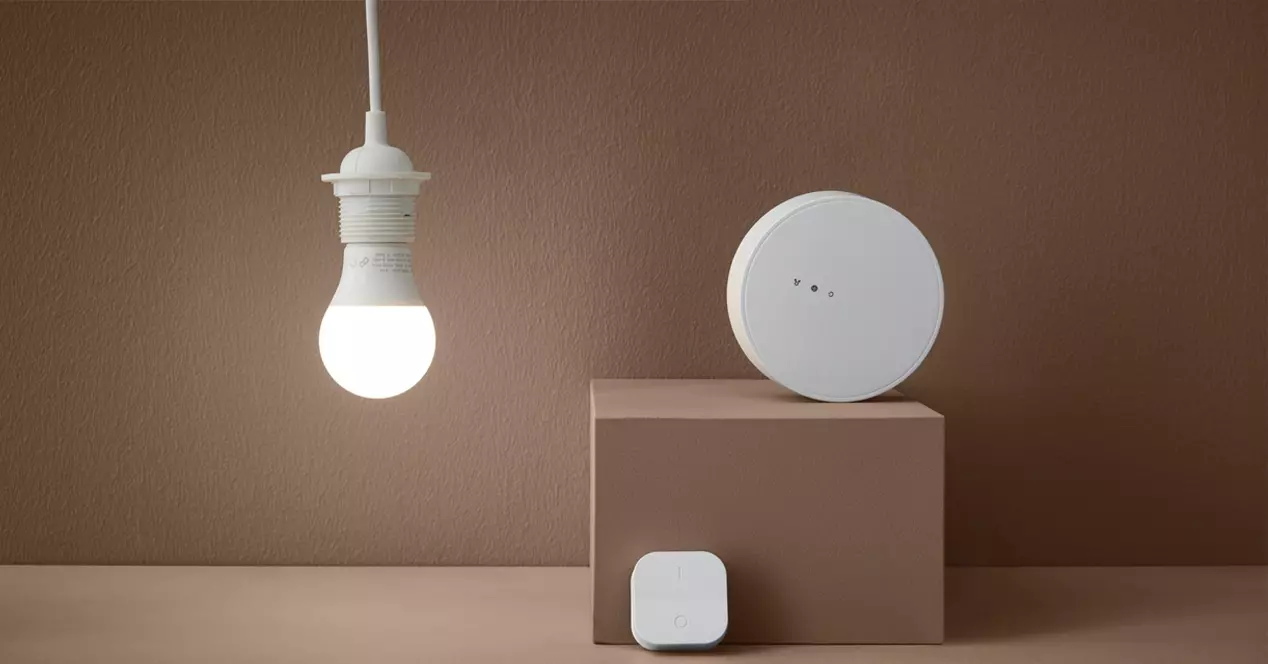
In 2021, LG managed to improve a point that could be lacking in OLED technology: brightness. The result is an ever more successful television set and an instant reference.
Each year LG launches a new line of OLED TVs. And, every year, we look for our words to praise the qualities that meet increasingly comprehensive specifications. For 2021, the heart of the catalog is called the C1, which succeeds the CX (yes the nomenclature is strange, in this desire to correspond to the last figure of the current year). LG promises increased brightness, and features ever more geared towards gamers.
It was believed that OLED technology would shake somewhat in the face of Samsung’s Neo QLED models – LCD specimens boosted by mini LED backlighting. We will have to wait at least a year more, which means that the C1 will win the ring which will designate the reference television for 2021. After a few days spent in his company, we can say that it will be difficult to steal from him this status.

The same, for years
If LG is committed to improving the image of its televisions each year, the Korean manufacturer has been applying the same formula for several generations now. It combines a television whose thickness is contained (except on the lower part, which brings together the electronics) and with thin edges, to an aluminum stand which occupies the entire width. This sober and elegant design makes it necessary to have a piece of furniture as large as the television, unless you opt for the wall mount (in which case we do without this foot). As we are on a fairly high-end product, the finishing qualities are there: nothing sticks out. Small peculiarity: you can choose the color of the back (white or very dark gray).
The LG C1 is of course delivered with a remote control. It is still the Magic Remote, which brings together classic keys and commands with movement recognition (we point to the screen, like the Nintendo Wii controller). More rectangular than before, it has lost absolutely nothing in terms of ergonomics and remains a pleasure to drive. We can simply deplore the absence of backlighting, an argument which seems essential for a premium product but which is unfortunately too often forgotten by the manufacturers of the television market.

A significant gain in brightness
When discussing the rendering of the C1, we could refer you to our previous tests of OLED TVs designed by LG. From one generation to the next, the changes remain too slight for our judgment to change. We must also recognize that OLED technology, whose pixels emit their own light, quickly reached a very, very high quality standard. As a result, the room for improvement is much smaller than with LCD competitors, whose backlighting continues to evolve. This year, LG still manages to work on a key element of the image: its brightness.
The maximum brightness of OLED TVs is far from their strong point. When it can exceed 1,500 nits on the best LCDs, it struggles to tickle the 1,000 nits on panels supplied exclusively by LG. This is detrimental for two points: using the TV in brightly lit conditions (read: daytime) and the bright spikes in HDR renderings (although perfectly deep blacks make up for it). With the C1, LG is still a long way from this four-digit brightness, but it is still getting closer. According to the probe of our colleagues at Frandroid, it went from 670 to 725 nits compared to the CX model of 2020 – which represents a nice leap forward at this scale.
An incredible spectacle
What do we gain with these few extra nits? Better image dynamics, in the wake of brighter whites. We still remember the jerseys of Swiss players during the round of 16 of Euro 2020 against France. Beyond their sporting performance, we only saw them on the pitch. Increased brightness means a benefit for HDR content, which will shine even brighter, and for video games, which love to dazzle audiences with their multiple visual effects. After that, we must recognize one point: if you already own an LG OLED TV, these small changes will not be sufficient to justify a renewal.
As a bonus, LG continues to improve on the basic settings, to the point of getting closer to what Sony and Panasonic offer. The standard picture mode settings will suit 90% of users, without the need to go through the retouch box. It’s always a big plus when you invest more than 1,000 euros in a state-of-the-art television set. From the unboxing, the C1 delivers an incredible spectacle, with sharpness, shimmering colors and unparalleled contrasts. Everything is perfectly controlled by an image processing which disappears behind a natural rendering and excellent hold.

MyCanal, finally
The LG C1 is powered by a proprietary operating system called webOS. Long lagging behind because of missing applications in the face of better armed competition (Samsung) or better supported (Google TV at Sony), the Korean manufacturer is gradually catching up. As proof, the MyCanal platform, essential in our eyes for a TV ecosystem to be complete, is finally available. It comes in addition to other popular streaming applications (Netflix, Amazon Prime, Disney +…). In terms of ergonomics, the interface is very clear and fluid, even if tvOS (Apple TV) and Google TV (Chromecast) remain benchmarks.
LG was one of the first players in the market to bet on the HDMI 2.1 port. There were already four of them on the 2019 references. Two years later, the connectivity has not changed and this means that the C1 is an ideal companion for the latest generation consoles – the Xbox Series S, the Xbox Series X and the PS5. HDMI 2.1 guarantees all the features gamers expect: 4K gaming at 120 fps, auto latency mode (automatic switch to low latency mode) and VRR (which prevents screen tearing) – with G compatibility -Sync (Nvidia) and FreeSync (AMD).

Another argument that pleads in favor of the C1, it incorporates Game Optimizer technology. As its name suggests, it makes it possible to optimize the image even more so that it is perfectly suited to the practice of gaming – with a specific sub-menu. Still not convinced? The input lag, which corresponds to the delay that an action takes to appear on the screen after pressing a key, is around 10 ms according to the very precise measurements of Rtings. Or a record latency. Finally, it will be recalled that the C1 is available in 48-inch format, ideal for making a (very) large PC monitor.



